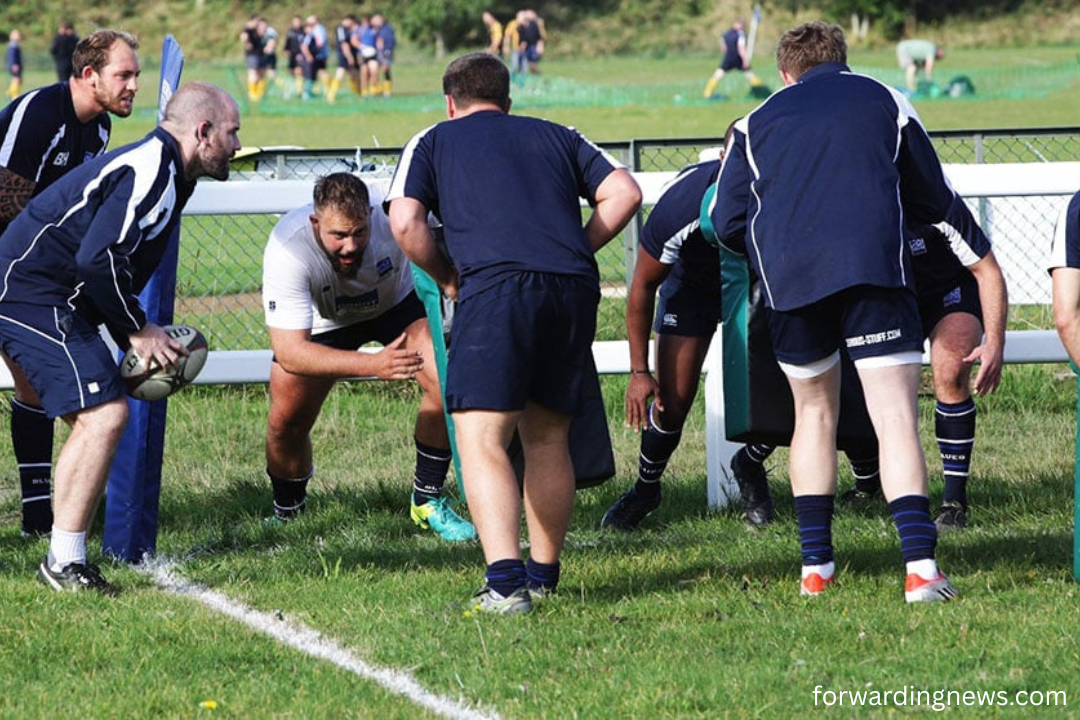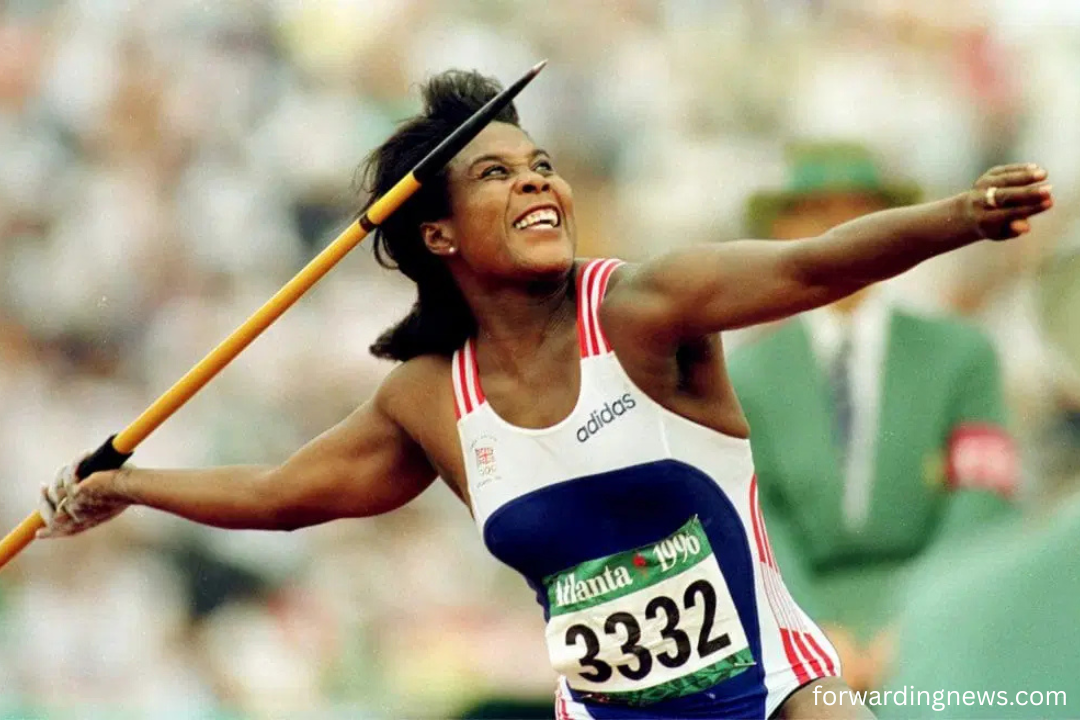Black girls continue to face significant barriers when accessing and excelling in sport. From grassroots participation to elite levels, their representation remains disproportionately low. Despite ongoing conversations around equity and inclusion, meaningful change remains slow. Sport should be a platform of empowerment, yet for many Black girls, it is often a space of exclusion and underrepresentation.
Why Focus on Black Girls Matters
Black girls face a unique intersection of racial and gender-based challenges that often go unaddressed in mainstream policies. These issues range from a lack of visible role models and culturally relevant coaching to experiences of racism, bias, and microaggressions in athletic spaces. Targeted efforts are essential to ensure that Black girls feel welcomed, seen, and supported in every aspect of sport.
Systemic Barriers Holding Back Black Girls
Lack of Access and Facilities
In many underserved communities, access to quality sports facilities is limited. This disproportionately affects Black girls, who are often concentrated in areas with underfunded schools and public programs. Without adequate spaces to train and play, their chances of developing athletic skills diminish significantly.
Stereotyping and Bias in Coaching
Many Black girls report being stereotyped or overlooked by coaches who may unconsciously favor athletes who fit a specific mold. Whether it’s assumptions about attitude, leadership potential, or “appropriate” sports, these biases hinder development and enjoyment.
Cultural Disconnect in Sport Programs
Sports programs that fail to consider the cultural backgrounds and lived experiences of Black girls may inadvertently alienate them. Inclusive programming must reflect diverse interests, styles, and values to make participation feel relevant and respectful.
The Role of Leadership in Creating Change
Policy Reform and Inclusion Mandates
Leadership bodies in sports have the power to mandate inclusive policies. However, without enforcement and clear accountability measures, these remain symbolic gestures. Leaders must go beyond statements and take measurable action to integrate the voices of Black girls into decision-making.
Funding and Support for Targeted Programs
It is crucial to allocate specific funds to programs that promote sports among Black girls. These programs should offer mentorship, leadership training, and safe environments that foster both athletic and personal growth.
Training for Coaches and Staff
Mandatory cultural competency training for coaches, officials, and administrators can help dismantle biases. Creating environments where Black girls feel safe and celebrated is not optional—it is a leadership responsibility.
Voices from the Field – Experiences of Black Girls in Sport
Lack of Representation
Many young Black girls express disappointment at not seeing athletes who look like them in key roles. The absence of Black women coaches, referees, and sports executives further signals that sport is not a space made for them.
Dealing with Microaggressions
From comments on hair and body type to assumptions about behavior, Black girls often face microaggressions that erode their confidence. These experiences are frequently dismissed, leaving them to navigate the emotional impact alone.
Finding Power Through Community
Despite these challenges, many Black girls thrive when supported by community-led programs or culturally affirming spaces. These environments help them reclaim sport as a place of joy, strength, and expression.
Examples of Effective Interventions
Grassroots Initiatives Making a Difference
Organizations led by and for Black communities have shown how localized, culturally informed approaches can yield significant impact. Programs that include mentorship, academic support, and family engagement empower Black girls to stay in sports longer and reach higher levels.
School-Based Reforms
Schools that integrate sports equity training increase representation in the coaching staff and partner with diverse athletic organizations have seen increased participation rates among Black girls.
Media and Visibility Campaigns
Campaigns that amplify the success stories of Black girls in sports contribute to changing perceptions and building aspirations. Visibility not only inspires but also shifts public understanding of who belongs in sport.
Call to Action for Sport Leaders

Listen to Black Girls
Meaningful change begins with listening. Black girls must be included in conversations about sports equity—not as tokens but as leaders and decision-makers.
Invest in Long-Term Solutions
One-off events or short-term projects are not enough. Sustainable investment in coaching, facilities, and community outreach tailored to the needs of Black girls must be a priority.
Measure and Report Progress
Accountability is key. Sports organizations should publicly track their progress in supporting Black girls, from recruitment and retention to leadership development and competitive opportunities.
Frequently Asked Questions (FAQ’s)
Why is it important to support Black girls in sports?
Supporting Black girls in sports helps address systemic inequalities, boosts representation, and creates inclusive spaces where they can thrive and develop their talents.
What are the main challenges Black girls face in sports?
Black girls often face barriers like limited access to facilities, stereotyping, bias in coaching, cultural disconnect, and experiences of racism and microaggressions.
How can sports leaders help Black girls succeed?
Leaders can implement inclusive policies, provide targeted funding, offer cultural competency training for coaches, and ensure Black girls have a voice in decision-making.
Are there successful programs supporting Black girls in sports?
Yes, grassroots organizations and school-based initiatives that focus on mentorship, culturally relevant coaching, and community support have shown positive results.
What role does representation play for Black girls in sports?
Seeing Black women and girls in coaching, leadership, and athlete roles provides role models, encourages participation, and challenges stereotypes about who belongs in sport.
How can parents and communities support Black girls in sports?
By advocating for better access, encouraging participation, supporting culturally relevant programs, and creating safe, affirming environments for Black girls to engage in sports.
Why is cultural competency training necessary for coaches?
It helps coaches recognize and overcome biases, creating inclusive environments where Black girls feel respected, supported, and motivated to succeed.
How can progress be measured in supporting Black girls in sports?
Progress can be tracked by monitoring participation rates, retention, and leadership representation and gathering feedback from Black girls on their experiences in sports programs.
Conclusion
Creating an equitable sports environment requires acknowledging and addressing the systemic disadvantages that Black girls face. Sports leaders must act with urgency and intent. By investing in inclusive practices, empowering community-led programs, and amplifying the voices of Black girls, we can redefine what sport looks like and who it serves. The journey to inclusive sport is not complete without the full participation and leadership of Black girls. It’s time to move beyond promises and start delivering results.

